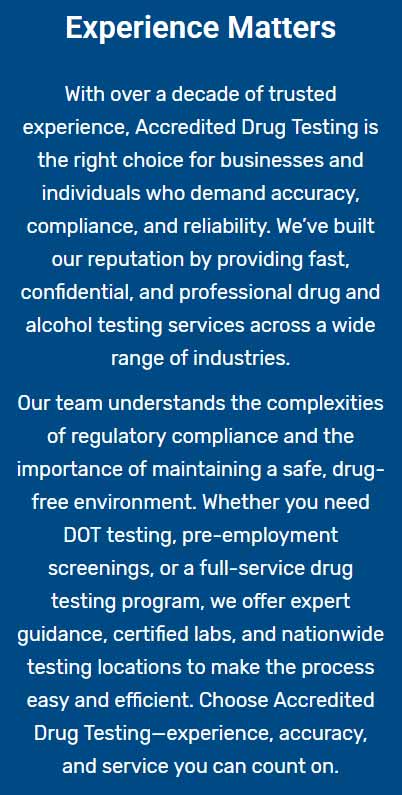What it is, How it works
Hair testing is recognized as an effective method for identifying drug and alcohol consumption. Hair retains a prolonged record of alcohol and drug presence by capturing biomarkers within the strands' fibers. When hair is gathered near the scalp, it can offer a detection period of around three months for substances. Collecting hair is straightforward, relatively hard to tamper with, and easy to transport.
An optimal sample for analysis and confirmation consists of a 1.5-inch segment of nearly 200 hair strands, comparable in thickness to a #2 pencil, clipped close to the scalp to yield 100mg of hair. For EtG evaluations, auxiliary tests, and analyses exceeding 10 panels, a quantity of 150mg is advisable. It's suggested to use a jeweler’s scale for weighing the specimen. In the event that scalp hair is not available, an equivalent portion of body hair can be used. When referencing head hair, it specifically pertains to scalp hair. Body hair includes all other types of hair (such as facial, axillary, etc.).
Process Overview
There are four primary stages in the laboratory processing of a drug test: Accessioning, Screening, Extraction, and Confirmation.
Accessioning is the initial stage where a sample is entered into the lab's system. This step includes checking the sample’s seal and proper shipment, assigning a random LAN (Laboratory Accessioning Number), and completing any necessary data entry not covered by electronic chain of custody protocols.
In the Screening phase, an initial quick assessment is performed to detect drugs of abuse. Although Screening provides a cost-effective method to exclude drug usage for most samples, a positive result must be confirmed for legal acceptance. Samples that test presumptively positive during Screening require further confirmation.
If a Screening result is presumptively positive, an additional extraction of hair is taken from the original sample for Extraction. During this phase, drugs are extracted from hair at significantly lower concentrations than other methods (like urine or oral fluid), rendering hair drug testing a challenging methodology to execute.
Confirmation of any positive screening outcome is conducted through GC/MS, GC/MS/MS, or LC/MS/MS. All presumptive positive samples undergo washing before confirmation as needed. The complete laboratory process, from Accessioning to Confirmation, is reviewed according to CAP (College of American Pathologists) Hair designation and ISO / IEC 17025 accreditation standards.
Advantages of hair drug testing:
- Long detection window: Hair drug tests can identify drug use up to 90 days in the past, unlike urine tests which present a narrower detection timeframe.
- Difficulty to cheat: Hair drug tests are quite challenging to manipulate, enhancing result accuracy.
- Provides historical data: Drug use patterns over time can be discerned, not just recent usage.
Limitations:
- Cannot detect recent use: There is a delay of about 5-7 days before drugs become detectable in hair.
- Cost: Hair drug tests typically incur higher costs compared to other testing methods.
- Variations in results: Elements like hair color and differences in individual hair growth can influence the concentration of drug residues in hair.
Note: Though often named "hair follicle tests", the examination focuses on the hair strand itself and not on the follicle beneath the scalp.




